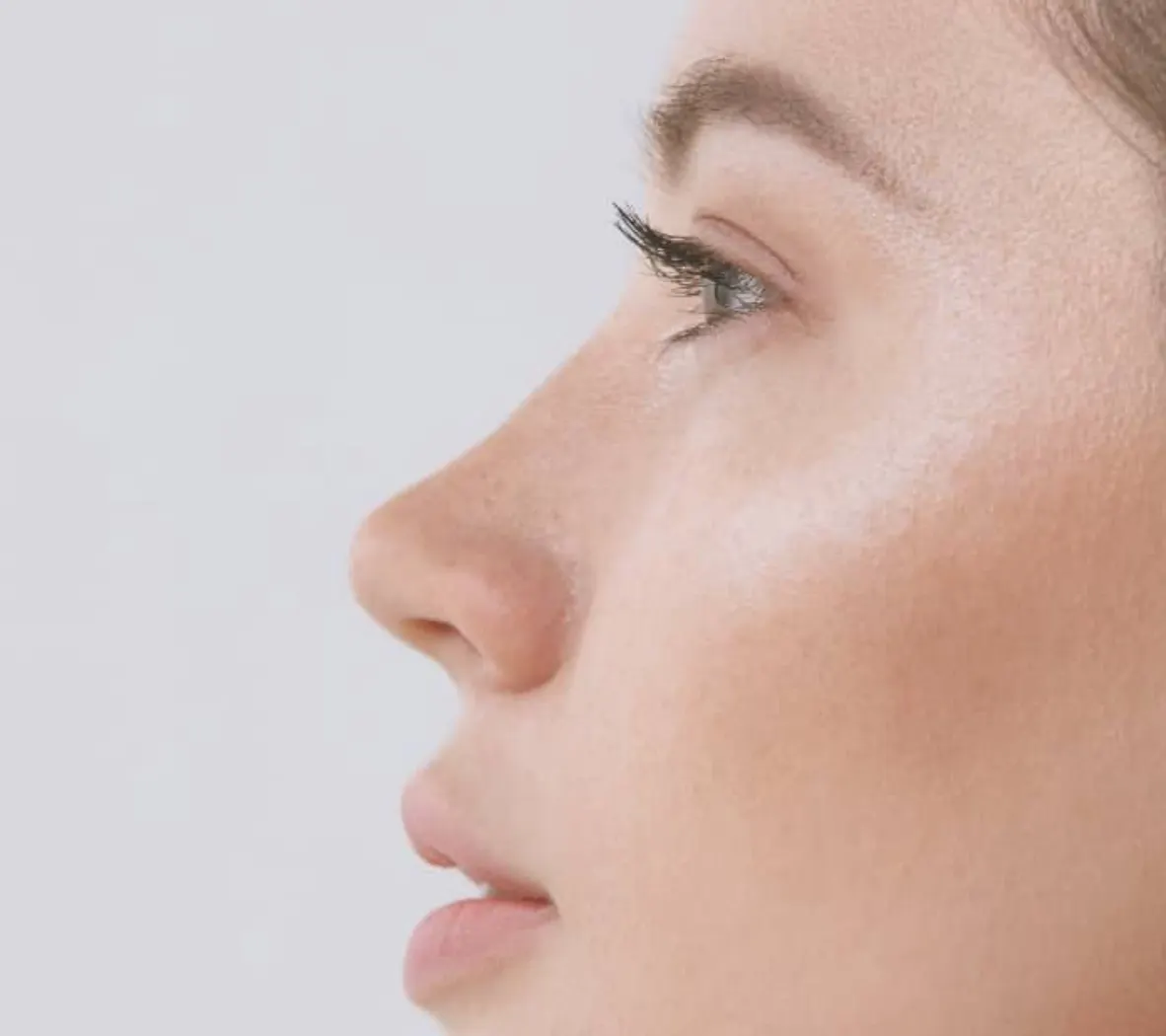Rhinoplasty (nose job)
Rhinoplasty (Nose Job) in Edinburgh, Scotland
At Waterfront Hospital in Edinburgh, we specialise in rhinoplasty, commonly known as a nose job. This surgical procedure aims to reshape or improve the function of the nose, enhancing facial harmony and boosting self-confidence.

Revision Rhinoplasty
Dr Awf Quaba was an excellent surgeon who carried out a complicated revision surgery. I had previously had a bad aesthetic outcome after surgery to repair my airways after collapsed cartilage. Dr Quaba took time to explain my options and any limitations he felt might be involved with this kind of revision work. After our third meeting, we agreed to go ahead. The result was outstanding and exceeded my expectations. Dr Quaba is not only an excellent and skilful surgeon but a lovely person who took a very caring approach throughout the process. I felt in very safe hands and I absolutely love my new nose. I can wholeheartedly recommend Dr Quaba.
Debra
June 2024
Contents
Overview
Rhinoplasty Edinburgh
- TYPE OF ANAESTHETIC
General - LENGTH OF SURGERY
2-3 hours - HOSPITAL STAY
Day case - RECOVERY
1-2 weeks off work, 6 weeks before strenuous exercise

What the procedure involves
Nose reshaping is typically performed under general anaesthesia and involves the following steps:
- Consultation and Planning: Detailed discussion and planning to ensure the desired outcome aligns with facial balance.
- Incision: Depending on the technique, incisions are made either inside the nose (closed rhinoplasty) or across the tissue between the nostrils (open rhinoplasty).
- Reshaping: The nose’s structure is reshaped by modifying the bone and cartilage.
- Revisions and Refinements: Additional adjustments are made as needed.
- Closure: Incisions are closed with sutures.
Benefits and Expected Outcomes
- Improved Facial Balance: Enhances facial balance and proportions.
- Corrected Breathing Issues: Can address structural abnormalities that impede breathing.
- Increased Confidence: Many patients experience a boost in self-esteem.
- Personalised Results: Each procedure is tailored to the patient’s unique facial structure and aesthetic goals.
Patients can expect to see the final results once the swelling and bruising subside, usually within a few weeks, with continued subtle improvements over several months.
Before and after rhinoplasty photos
Who is an ideal candidate?
Ideal candidates for rhinoplasty are individuals who:
- Are physically healthy and at least 18 years old (to ensure facial growth is complete).
- Have realistic expectations about the outcome.
- Wish to improve the appearance and/or function of their nose.
Risks and Considerations
- Swelling and Bruising: Common and temporary.
- Bleeding and Infection: Risks associated with surgery are minimised by our stringent protocols.
- Dissatisfaction with Results: A small possibility, often mitigated through thorough pre-surgery consultations.
Aftercare and recovery
- Initial Recovery: This usually involves a period of rest with limited activity.
- Follow-up Appointments: Essential to monitor the healing process.
- Post-Surgical Care: Includes guidelines on how to care for the surgical site and manage discomfort.

Frequently asked questions about rhinoplasty
What is Rhinoplasty?
Rhinoplasty, commonly known as a nose job, is a surgical procedure to change the shape or improve the function of the nose.
What Can Rhinoplasty Address?
Rhinoplasty can correct various aesthetic and functional issues with the nose, such as size, shape, symmetry, and breathing problems.
How Long is the Recovery from Rhinoplasty?
Recovery times vary, with most patients resuming normal activities within a few weeks. Complete healing can take up to a year.
Are There Risks Associated with Rhinoplasty?
Like any surgery, rhinoplasty carries risks such as bleeding, infection, and dissatisfaction with results. Selecting a qualified surgeon helps minimise these risks.
How Do I Know if I’m a Good Candidate for Rhinoplasty?
Ideal candidates seek improvement for aesthetic or functional reasons, are in good overall health, and have realistic expectations about the results.
Can Rhinoplasty Help with Breathing Issues?
Yes, rhinoplasty can correct structural issues within the nose that affect breathing, such as a deviated septum.
Understanding Body Dysmorphia: Am I a Suitable Candidate for Rhinoplasty?
Body Dysmorphic Disorder (BDD) is a mental health condition where a person is excessively concerned about a perceived flaw in their appearance. Patients with BDD might not be ideal candidates for rhinoplasty, as they may have unrealistic expectations about the surgery’s impact on their appearance.
If I Have Body Dysmorphia, Should I Consider Rhinoplasty?
If you have concerns about body dysmorphia, it’s important to discuss these with a mental health professional before considering rhinoplasty. A comprehensive psychological assessment can help determine if you’re a suitable candidate for the surgery.
How Can I Ensure My Expectations for Rhinoplasty Are Realistic?
Discussing your goals and expectations with a qualified plastic surgeon can help ensure they are realistic. Viewing before-and-after photos of previous patients can also provide a clear idea of potential outcomes.
What is the Difference Between Cosmetic and Functional Rhinoplasty?
Cosmetic rhinoplasty focuses on enhancing the nose’s appearance, while functional rhinoplasty aims to improve nasal function, often addressing breathing issues.
Can Rhinoplasty Be Reversed?
While it’s difficult to completely reverse a rhinoplasty, revision surgery can be performed to make adjustments or correct issues from the initial surgery.





















